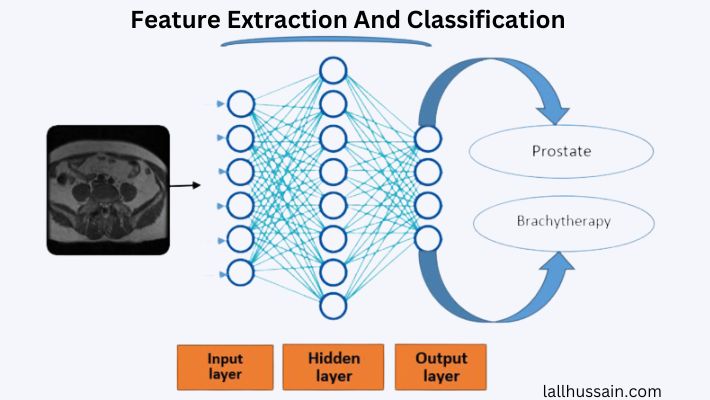Deep learning is a concerned field or subfield of machine learning which is comprised of various structures, functions, built-in algorithms, etc. which are called artificial neural networks or simply called the brain of the neural networks. If you are starting as a beginner or have less experience you may get confused. People who have the expertise and leadership in this field have different ideas about the specific nuanced perspective and shed a lot about the fields related to deep learning.
Nowadays deep learning and machine learning are the most important components of the recent world’s technologies which are used to collect, analyze, and visualize very huge amounts of data in different fields like medical field, data sciences, and various other fields. Here we will use deep learning to detect prostate cancer along with a convolution neural network with a transfer learning approach.
How To Detecting Prostate Cancer Using Deep Learning & Neural Network With Transfer Learning Approach
Prostate Cancer in men has become one of the most diagnosed cancer and also one of the leading causes of death in the United States of America. Radiologists cannot detect prostate cancer properly because of the complexity of the masses. In the recent past, many prostate cancer detection techniques were developed but these could not diagnose cancer efficiently. In this research work, robust deep learning convolutional neural network (CNN) is employed, using a transfer learning approach. Results are compared with various machine learning strategies (Decision Tree, SVM different kernels, Bayes). Cancer MRI databases are used to train the GoogleNet model and to train Machine Learning classifiers, various features such as Morphological, Entropy-based, Texture, SIFT (Scale Invariant Feature Transform), and Elliptic Fourier Descriptors are extracted.

For the purpose of performance evaluation, various performance measures such as specificity, sensitivity, Positive predictive value, negative predictive value, false positive rate and receive operating curve are calculated. The maximum performance was found with the CNN model (GoogleNet), using the Transfer learning approach. We have obtained reasonably good results with various Machine Learning Classifiers such as Decision Tree, Support Vector Machine RBF kernel, and Bayes, however outstanding results were obtained by using deep learning techniques.